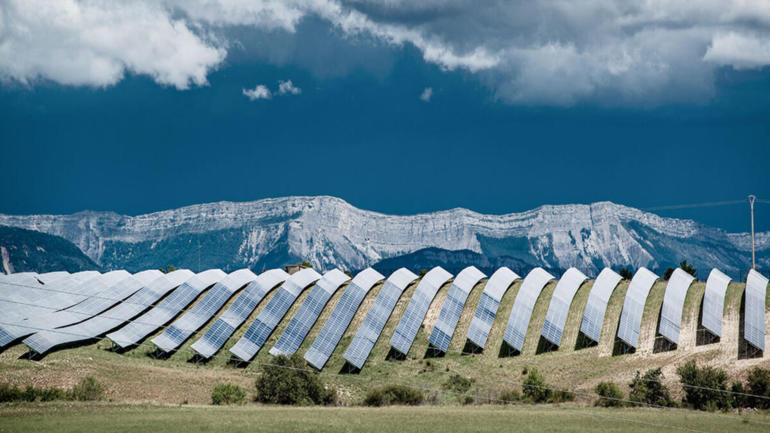Geneva, 9 February 2023 – Today, the World Business Council for Sustainable Development (WBCSD) releases a new guide that demands companies making hydrogen investments and their business partners to add “alignment with 1.5°C criteria” to their investment decision processes. This guide is the result of a collaborative effort involving 18 of WBCSD member companies.
The publication is intended to help design the infrastructure, including the necessary technologies, policies, incentives and business plans that will lead the hydrogen economy to reach net-zero emissions by 2050 and support the energy systems’ transition to an increasingly lower dependency on fossil fuels.
The new guide outlines three criteria that companies can use in their investment decisions to ensure that hydrogen projects are aligned with the Paris Agreement 1.5° C climate target:
- A rate of decarbonization (of lifecycle emissions associated with hydrogen) in line with the International Energy Agency’s (IEA) Net Zero Emissions scenario curve, reaching net-zero lifecycle carbon emissions in 2050;
- Using hydrogen to decarbonize sectors where alternatives are not available, ill-suited to the use or less efficient;
- Respecting two redlines for natural (fossil) gas-based hydrogen – no reliance on new (meaning greenfield) fossil fuel exploration or fossil fuel subsidies.
To put these criteria into practice, WBCSD recommends businesses to take the following actions:
- Map how they can reduce the full lifecycle carbon intensity (CI) of their hydrogen investments over time to reach net-zero carbon emissions in 2050 and plan to invest in those CI reduction measures throughout the life cycle of their projects;
- Decarbonize existing grey hydrogen units in line with the global decarbonization required to meet a 1.5°C scenario;
- Deploy new hydrogen production with the lowest possible carbon intensity as a starting point;
- Respect IEA and WBCSD’s redlines for blue hydrogen;
- Invest in greenhouse gas (GHG) emissions reduction measures to ensure those investments have net-zero carbon emissions in 2050.
All companies, investors and policymakers involved in the hydrogen sector can refer to the carbon-intensity reduction pathway examples presented in the guide to decide how best to align their investments with a 1.5°C scenario.
This is only a first step toward defining what it means for the hydrogen sector to be net zero and in line with the 1.5°C scenario. WBCSD welcomes further collaboration to deepen this topic.
Harry Brekelmans, Project and Technology Director, Executive Committee member at Shell: “WBCSD’s report on how to align hydrogen investments with a 1.5 pathway sets an ambitious and pragmatic way forward for us all to reduce the full lifecycle emissions of hydrogen production towards net zero. This is paramount for hydrogen to deliver its vital role in the future energy system. At Shell, we are committed to being a net-zero company by 2050 and are actively investing in hydrogen, such as at our Rheinland refinery or Holland Hydrogen I. We are considering how to include the proposed 1.5 aligned criteria in our decision-making process for hydrogen investments. We also recognize that the energy transition will require different solutions through 2050 and across various geographies. We thank WBCSD and all the member companies who shaped this report for such a clear and practical piece of work.”
Peter Oosterveer, CEO of Arcadis: “Arcadis has been heavily involved and a strong sponsor within the WBCSD Hydrogen working groups, supporting the workstreams of ‘1.5 aligned hydrogen investments’ to support the adoption of hydrogen with the lowest possible carbon intensity across the industry. With European Energy security challenges and rising fossil fuels costs contributing to the cost-of-living crisis, supporting the rapidly accelerating hydrogen sector is essential for decarbonizing our industries and averting our reliance on fossil fuels.”
Members of the WBCSD Hydrogen workstream: Arcadis, Baker McKenzie, bp, CLP, DNV, Dow, EDP, Enel, Engie, ERM and Element Energy, Galp, Iberdrola, Michelin, SwissRe, TotalEnergies, Shell, Yara, Yokogawa and KBC.
Download the full report and the executive summary here.
Learn more about WBCSD’S work on new energy solutions here.








